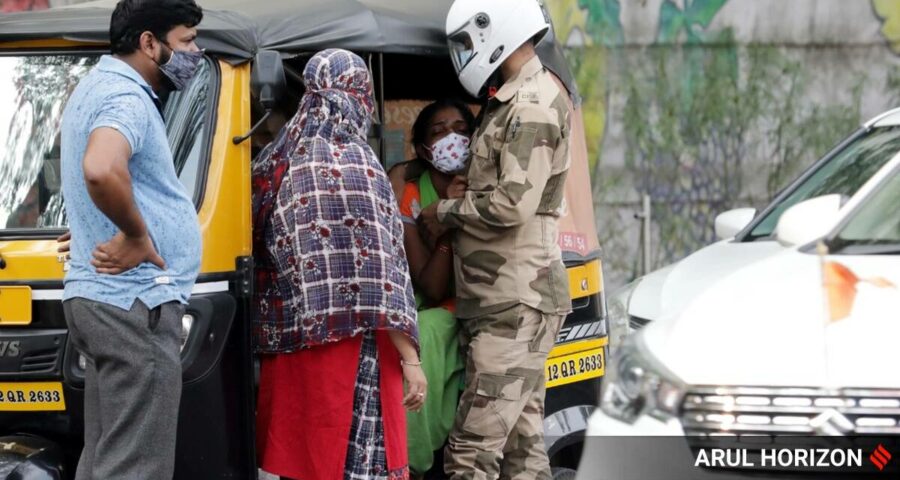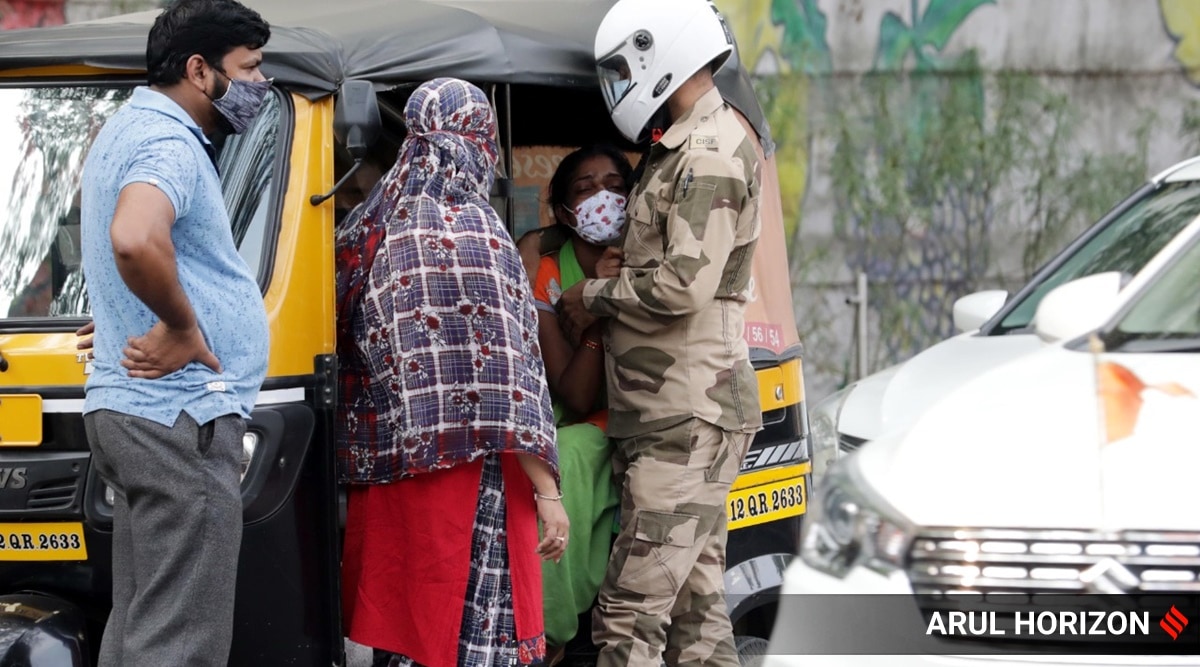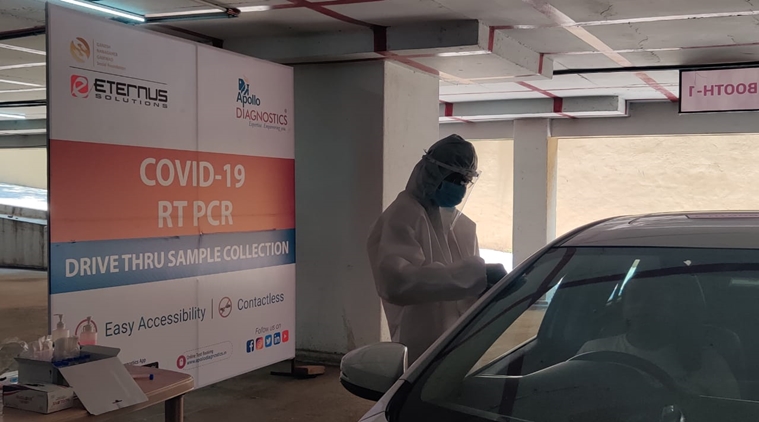The CUVIS Joint robotic system at SaiShree Hospital, Aundh enables the surgeon to operate with enhanced precision even during the most complex procedures and difficult cases.
Drive through Covid-19 testing facilities in Pune
With an objective to reach out to people who are facing difficulty in getting themselves tested for COVID 19 RT PCR (ICMR Approved) due to pandemic, Apollo Diagnostics – Diagnostic vertical of Apollo Health & Lifestyle Private Limited has launched “Drive Through” Covid19 testing facilities in Pune. Patients can give a missed call to book an appointment at 7292005716.
Vishwajit Reddy Konda: Business Lead – Digital Innovation, Development & Data Analytics, Apollo Diagnostics said, “For the convenience of people and to increase the testing with safety protocols, we have set up covid-19 test RT- PCR at NSG IT Park. We are planning to have more such set- p at various locations across Pune, to help mitigate the risk of virus and ensure testing with ease.”
SaiShree hospital launches fully active robotic knee replacement system
A CUVIS Joint robotic system has been installed in SaiShree Hospital, Aundh. Joint replacement surgeon Dr Neeraj Adkar said that CUVIS Robotics-assisted joint replacement surgery has many definitive benefits over conventional joint replacement surgery. It enables the surgeon to operate with enhanced precision even during the most complex procedures and difficult cases. “There is enhanced precision and lesser bone removal leads to less blood loss, painless, faster and better post-operative outcomes for the patient,” he said adding that surgeons at the Saishree Hospital in Pune performed multiple successful CUVIS Joint Robotics-assisted total knee replacement surgeries for the first time in Pune this week.
New technique to detect abnormal brain characteristics associated with Ischemic stroke
Researchers at IIT, Mandi have invented a method to simultaneously study the variations in nerve functions and brain blood flow associated with brain disorders such as Ischemic stroke. The invented method helps in locating and classifying damaged sites (lesions) in the brain, brought about, or leading to neurological diseases. Results of this study led by Dr. Shubhajit Roy Chowdhury, Associate Professor, School of Computing & Electrical Engineering, IIT Mandi, has been published in IEEE Journal of Translational Engineering in Health and Medicine and the team has been recently granted a US patent for the invention.
The IIT Mandi team’s invention is based on the fact that intricate interactions between nerve cells (neurons) and blood vessels (vasculature), called the NeuroVascular Coupling (NVC) that regulates blood flow in the brain. Diseases such as Ischemic stroke adversely affect the NVC. NeuroVascular Uncoupling results in such cases, wherein, the nerve impulses do not trigger the required blood flow. Timely detection of NVC is critical for the prevention, diagnosis, and treatment of such diseases. “Our method uses a multi-modal brain stimulation system to differentially stimulate different components of the neurovascular unit (NVU) and observes the resultant electrical nerve signals by EEG (electroencephalography) and blood flow by near Infrared spectroscopy (NIRS),” explained Dr. Chowdhury in a statement issued here.
Source: Read Full Article



